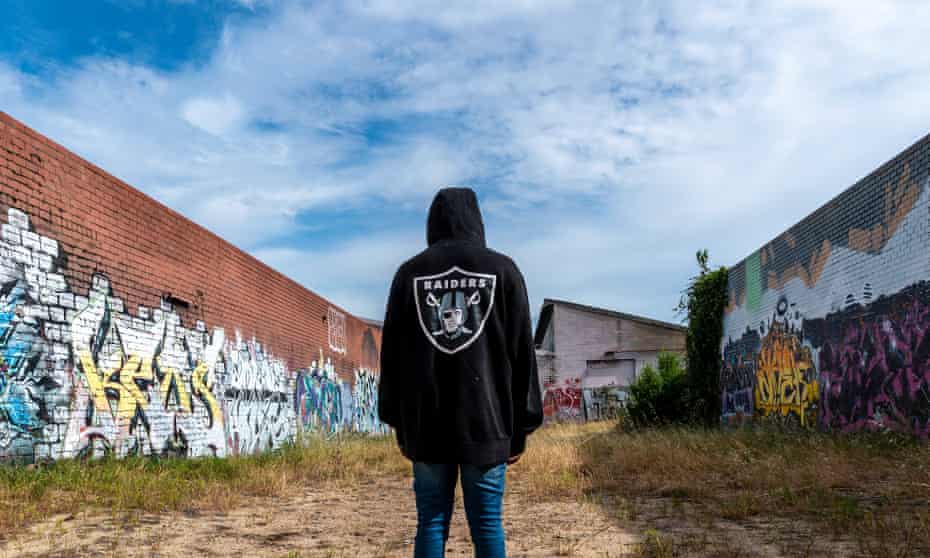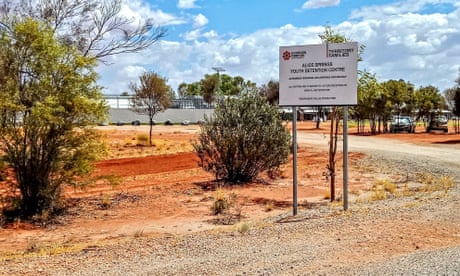The attorneys general’s support for a proposal to increase the minimum age of criminal responsibility to 12 is a political fudge based on fallacies.

There are two fallacies at the heart of resistance to raising the minimum age of criminal responsibility to 14 years. One is that involving children in the youth justice system reduces crime and keeps us safer. The other is that raising the age is about giving up on crime prevention so far as kids are concerned. Neither is true.
The many organisations and individuals calling on the NSW government, and all Australian state and territory governments, to raise the age to 14 are deeply committed to community safety and wellbeing. But they recognise that criminalising young kids is part of the problem rather than a viable solution. The criminal justice system isn’t just ineffective – it does more harm than good. It doesn’t decrease offending by young people – it produces crime.
The call for change is not about going “soft” on kids or tolerating bad behaviour – but responding in a way that has the best chance of being effective. We believe people who experience harmful behaviour by children aged 10-13 should continue to have access to compensation and counselling, and other current victims’ compensation rights. But we also believe NSW residents deserve a system that is evidence-based and clear-headed in its approach to this harmful behaviour.
Why persist with an approach that doesn’t work?
A big part of the problem is that governments struggle to imagine a crime prevention strategy that doesn’t involve police and courts and prisons. But we are not starting from scratch. There is research and evidence to guide the path forward. A recent report from the UNSW Centre for Crime Law and Justice suggests that four principles should guide the design of a replacement response model for children aged 10-13 years:
take crime prevention and community safety seriously;
use the international human rights concept of the “best interests of the child” as a key design touchstone;
tackle Aboriginal and Torres Strait Islander over-representation at the same time as respecting the right of Indigenous peoples to self-determination; and
engage in genuine (not token) justice reinvestment.
A “best interests” approach will involve a strong network of services in the community and interagency collaboration from government and recognises that the best way to prevent children aged 10-13 from future criminal justice system contact is to remove them from the criminal justice system entirely, and to focus on their needs. This will require resourcing, particularly in regional areas, but the result will be stronger, healthier communities, with children who are able fulfil their potential.
Justice reinvestment involves a genuine commitment to community building and empowerment, and a redirection of justice system-allocated funds into community-based solutions. To be clear, in our assessment, resource-shifting within the youth justice system is not justice reinvestment. Aboriginal and Torres Strait Islander communities will be a backbone of a replacement model. As the communities most impacted by the status quo, they have a real stake in change. Initiatives like the Maranguka project in Bourke show the power of local solutions.
Perversely, the current youth justice system is designed for the worst-case scenario, but the evidence tells us that most “offending” by young children is minor. Figures from the NSW Bureau of Crime Statistics and Research show that most children’s court appearances for 10-13 year old children are for property, public order and justice procedure offences. In 2020, about 20% of young kids were in court for breach of bail conditions – a damning indictment of the system’s ability to ensnare children in a quicksand of criminality.
Inevitably, there will be times when the risk of serious harm means that an acute response will be required. This may require police involvement – in close co-operation with specialised youth outreach workers. But acute responses should only be used as a last resort, and to qualify as a “best interests” response – not just for kids but for the whole community – they must be therapeutic not punitive, and focus on assessments about the child’s safety and support needs, and providing targeted wraparound services.
Raising the age will be critical in enabling the NSW government to meet its Closing the Gap target to reduce overrepresentation of First Nations children in the criminal justice system by 30%. First Nations children are drastically overrepresented in detention figures for children aged 10–13.
A non-criminalising “best interests” approach that keeps children under the age of 14 years out of the criminal justice system will have two key benefits. It will reduce the harm done to young children by contact with police and the youth justice system, and it will be qualitatively better than the status quo at improving community safety and wellbeing.
That is in the best interests of everyone.

No comments:
Post a Comment